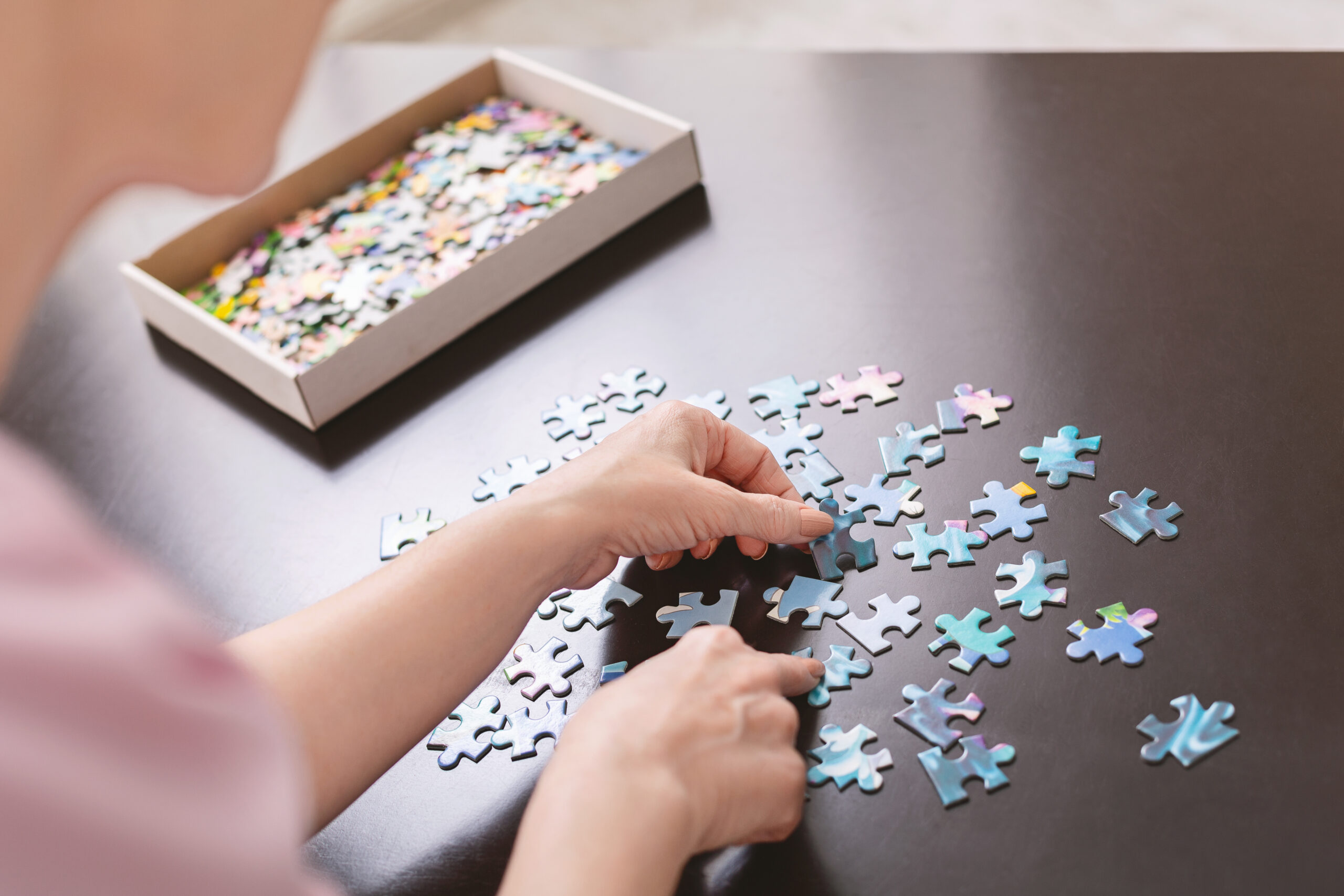How do I help my mom with Alzheimer’s get dressed
As our loved ones age, we may begin to notice changes in their daily routines and abilities. One common challenge faced by families of individuals with Alzheimer’s is helping them get dressed. This task may seem simple, but for those with Alzheimer’s, it can become a complex and confusing process. As a caregiver, it is important to approach dressing your loved one with patience, understanding, and a few simple strategies to make the process easier for both of you.
Alzheimer’s disease is a progressive brain disorder that affects memory, thinking, and behavior. As the disease progresses, individuals may have difficulty performing familiar tasks such as getting dressed. They may become forgetful of how to put on clothes or have trouble making decisions about what to wear. This can lead to frustration and agitation for both the individual and the caregiver.
As a caregiver, it is important to remember that your loved one’s abilities will change as their disease progresses. Tasks that were once second nature may now require more assistance. It is important to be patient and understanding during this time and to approach the task of getting dressed with a positive attitude.
Here are some tips to help your mom with Alzheimer’s get dressed:
Create a Calm and Familiar Environment
Individuals with Alzheimer’s thrive in a calm and familiar environment. Before helping your loved one get dressed, make sure the room is well-lit and free from distractions. Play some soothing music or engage in some calming activities together to help reduce any anxiety or confusion they may be feeling.
Simplify Clothing Choices
Having too many clothing options can be overwhelming for an individual with Alzheimer’s. Try laying out two or three outfits to choose from, rather than having a full closet of choices. Make sure the clothing is comfortable and easy to put on, with no complicated buttons or zippers. It may also be helpful to choose clothes in bright colors or patterns, as this can help your loved one distinguish between different pieces of clothing.
Break Down the Steps
Getting dressed can be a complex task for those with Alzheimer’s. Break down the process into smaller, more manageable steps. Start with putting on undergarments, then move on to pants or skirts, and finally, a shirt. Verbal cues may also be helpful, such as “lift your arms” or “step into your pants.”
Allow Extra Time
It is important to give your loved one plenty of time to get dressed. Rushing them may cause frustration and make the task more difficult. Allow extra time for them to choose their outfit and for you to guide them through each step at a comfortable pace.
Provide Gentle Guidance
While it may be tempting to jump in and help your loved one get dressed, it is important to allow them to do as much as they are capable of. Provide gentle guidance and assistance when needed, but try to encourage them to do as much as they can independently. This will help maintain their sense of autonomy and dignity.
Use Visual Aids
Visual aids can be very beneficial for individuals with Alzheimer’s. Hang pictures or labels on drawers and closets to help your loved one identify where clothing items are located. You can also use pictures or drawings to show the steps of getting dressed in sequence.
Be Patient and Understanding
The most important thing to remember when helping your mom with Alzheimer’s get dressed is to be patient and understanding. It can be frustrating for both of you, but try to remain calm and supportive. If your loved one becomes agitated or resistant, take a break and come back to the task later.
In conclusion, helping a loved one with Alzheimer’s get dressed can be a challenging task, but with patience, understanding, and a few simple strategies, it can become a smoother process. Remember to create a calm environment, simplify clothing choices, break down the steps, allow extra time, provide gentle guidance, use visual aids, and most importantly, be patient and understanding. By following these tips, you can make dressing a more manageable and stress-free task for both you and your loved one.





